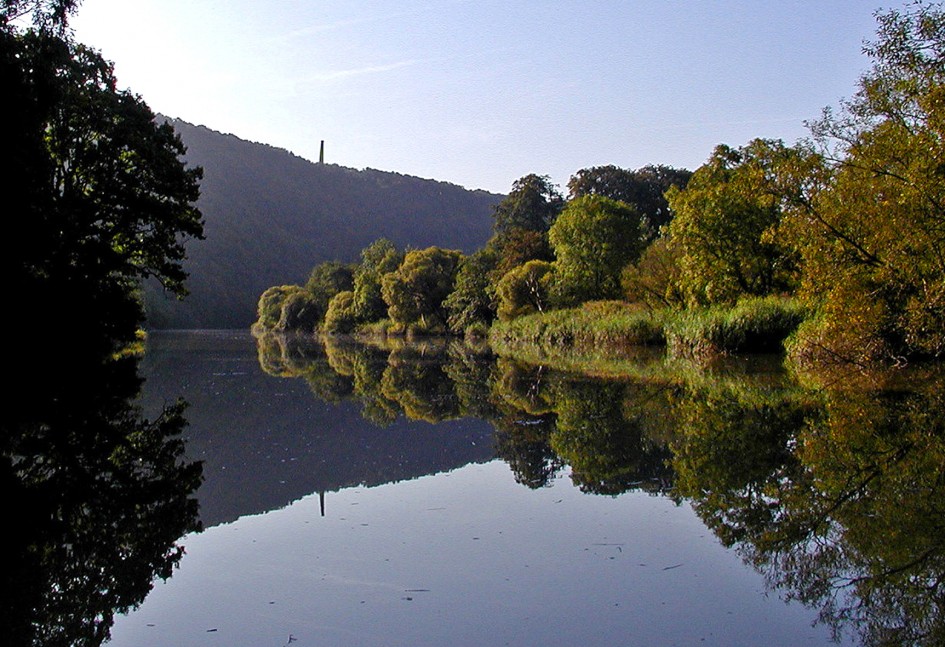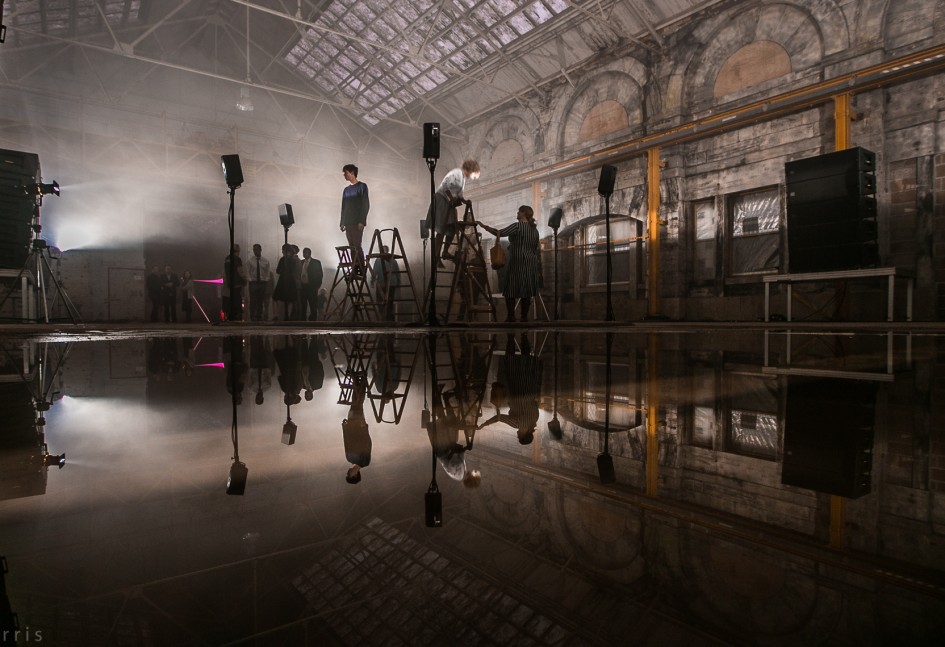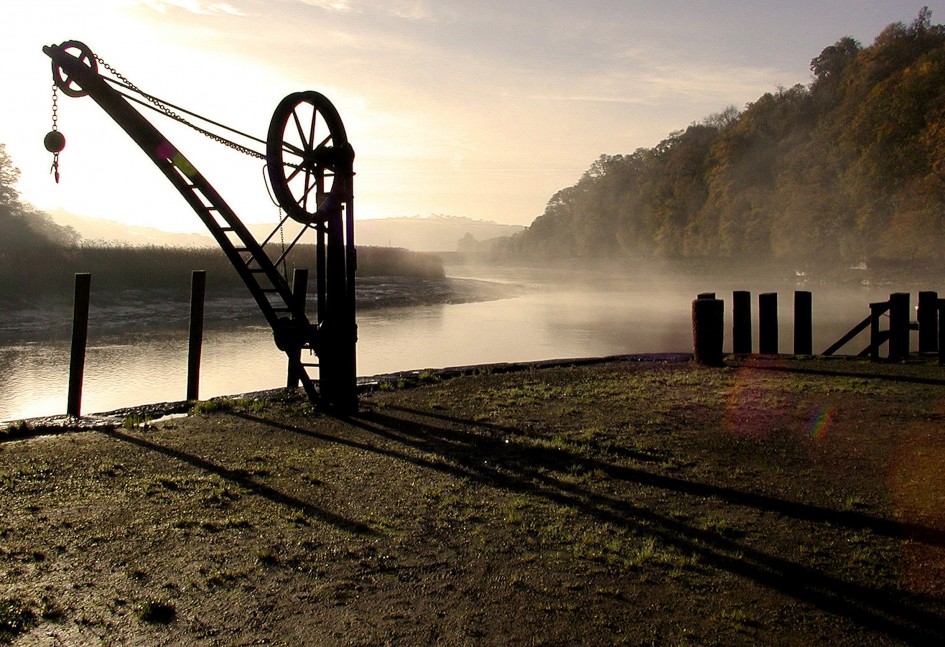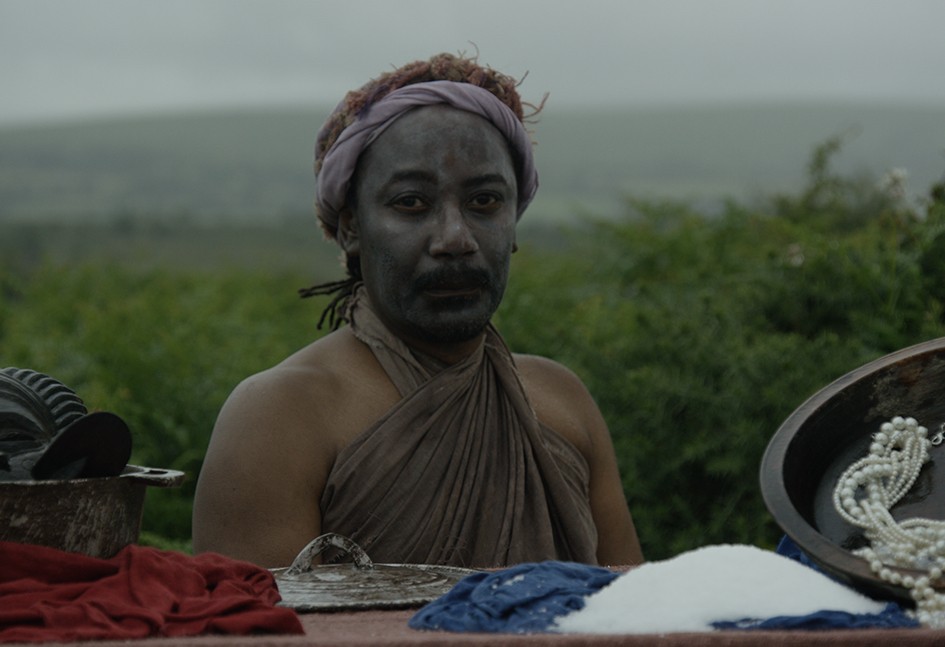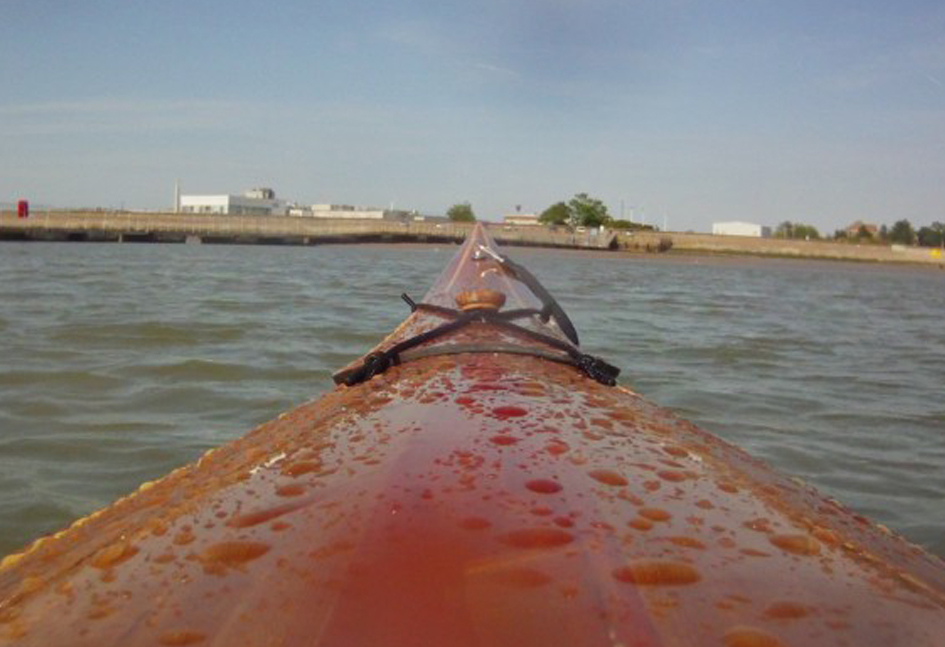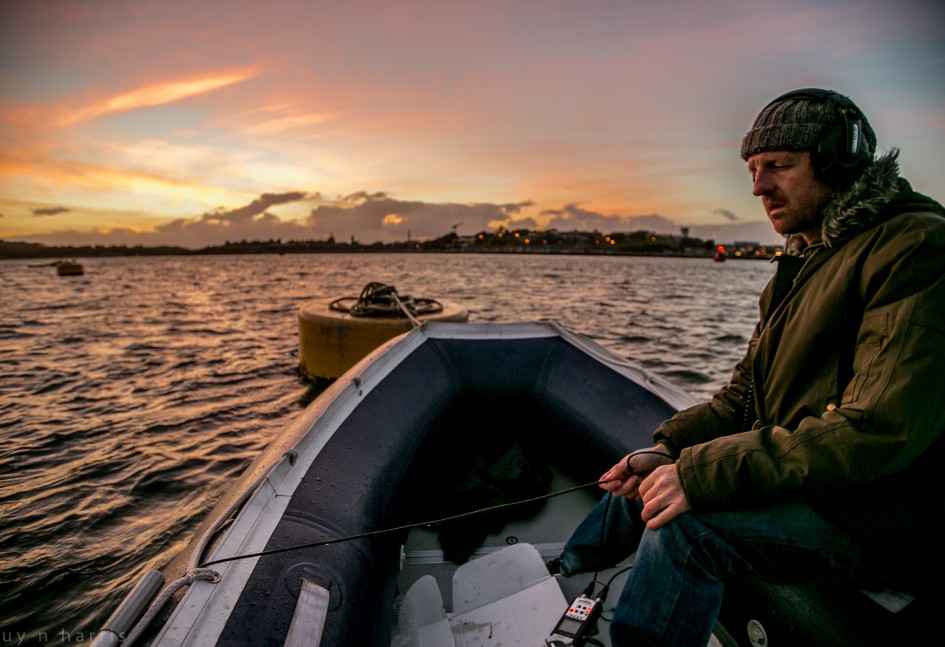The River Tamar stretches over 60 miles from its source on Woolley Moor, close the North Cornish coastline, to Plymouth Sound in the South, forming the border between Devon and Cornwall, in the South West of England. The final 22 miles is tidal, opening out into an estuary at the mouth of the Tamar valley, which is designated an Area of Outstanding Natural Beauty and a World Heritage Site due to its historic mining activities. The Atlantic-facing deep-water port of Plymouth, the largest naval base in Western Europe, is bound up with the history of British maritime exploration and trade.
As well as being firmly located in the local context of Devon and Cornwall, we are committed to an international perspective, contributing to a network of river projects around the world, uncovering shared histories and helping to set the critical agenda for context-led, socially-engaged arts practice for the future. The River Tamar Project aims to be a world-class project that is also relevant and distinctive to the locality.
History
The River Tamar Project was originally developed in 2001 from the vision of Mike Hooton, owner of Weir Quay Boatyard, who wanted to reconnect the river to the communities who lived along its banks. After a long period of development, latterly led by the public arts consultant, Isabel Vasseur, the project was formally established in 2012, with Paula Orrell appointed as Artistic Director. The first commission, Ghost, by Adam Chodzko, was produced later that year.
The River Tamar Project became part of Plymouth University in 2013, hosted by Peninsula Arts, and partnered with the Marine Institute and Centre for Sustainability. Since then it has produced a series of projects such as the major sound installation, Fathom, by Jane Grant and John Matthias in 2013, and the It’s All About the River film festival in 2014. New commissions by internationally renowned artists such as John Akomfrah, Uriel Orlow, Mikhail Karikis and Melanie Manchot, were screened alongside new works by emerging and regionally-based artists in unusual locations along the river.
In the summer of 2015, Paula Orrell left to become Director of the Centre of Contemporary Art in Christchurch, New Zealand. In November 2015 a new team was appointed to lead the River Tamar Project forwards into the next phase of its development.
